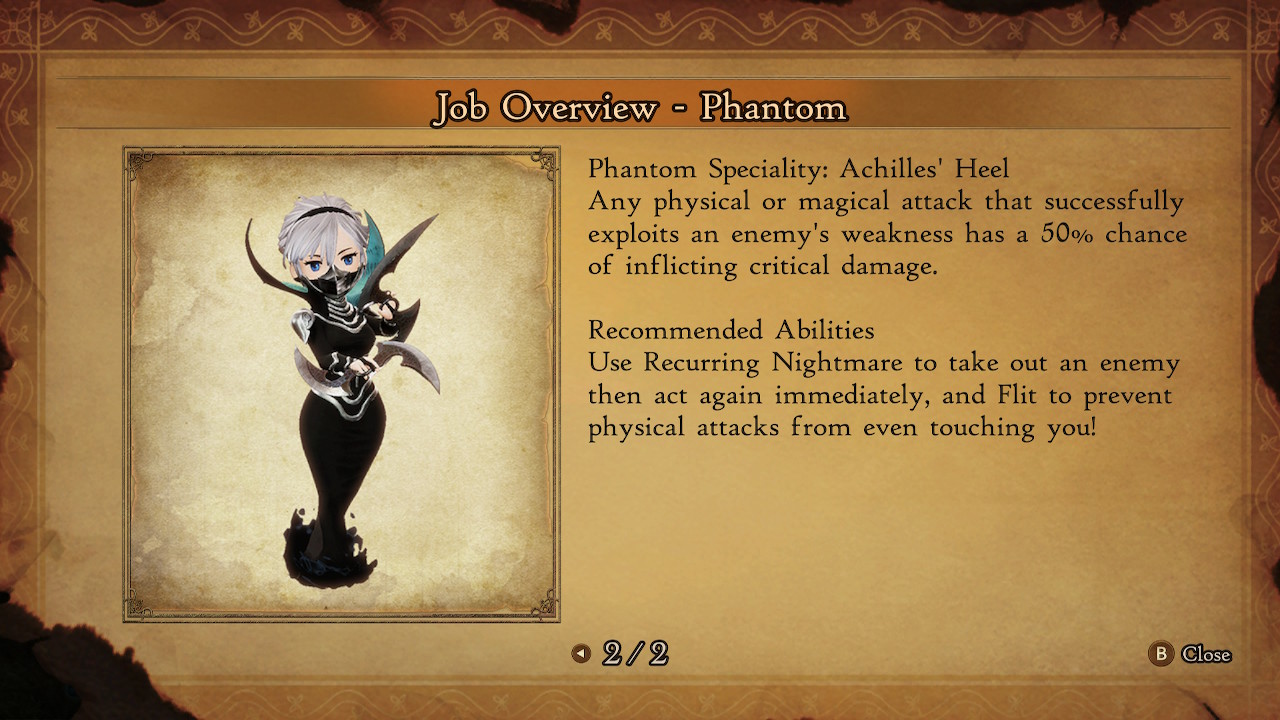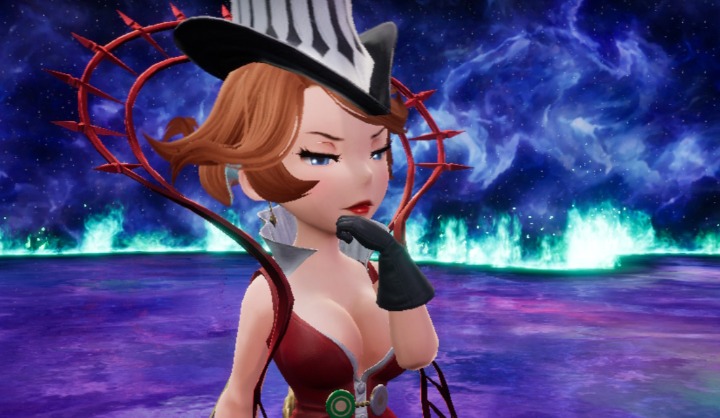

Instanced battles are based on random encounters while roaming the world map and dungeons. The battle system is primarily menu-based with a variant of the traditional turn-based combat, where the player and the enemy party take turns executing commands (without relying on time). Many installments involve frequent use of menus to select items, skills and upgrades. In the core games this task extends beyond the main story with challenging superbosses and bonus dungeons serving as optional tests of skill. The player will build the party's strength by gradually acquiring new abilities, equipment, and jobs to handle more powerful opponents. The Bravely series usually puts the player in control of multiple characters in a party, at least in the core 3DS games. A second sequel, Bravely Default II, was released worldwide on February 26, 2021.

Another mobile title called Bravely Default: Fairy's Effect was released in Japan on March 23, 2017.


Another game called Bravely Archive was released in Japan targeting mobile devices in January 2015. This game spawned a free-to-play web browser game, Bravely Default: Praying Brage, and a sequel, Bravely Second: End Layer (also released for the 3DS). The series' first game, Bravely Default, was originally conceived as a Nintendo 3DS sequel to the Final Fantasy spin-off Nintendo DS game The 4 Heroes of Light although ultimately it had all its characters/locations renamed and acquired a unique title (so as to be perceived as a brand-new IP), it still retained elements like the traditional storyline of crystals and the Warriors of Light and the traditional job system gameplay (with modifications like incorporating an asterisk system used to acquire and change jobs).


 0 kommentar(er)
0 kommentar(er)
